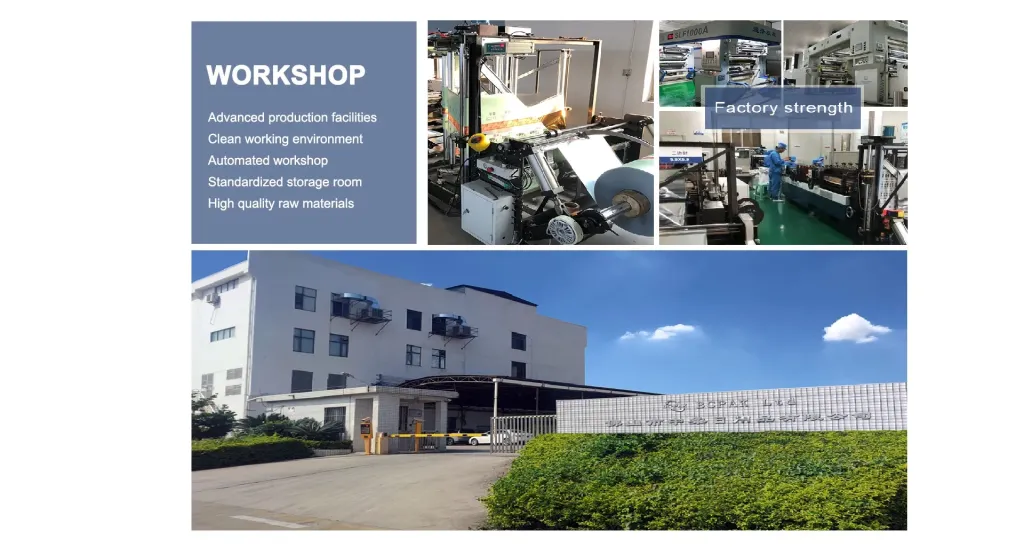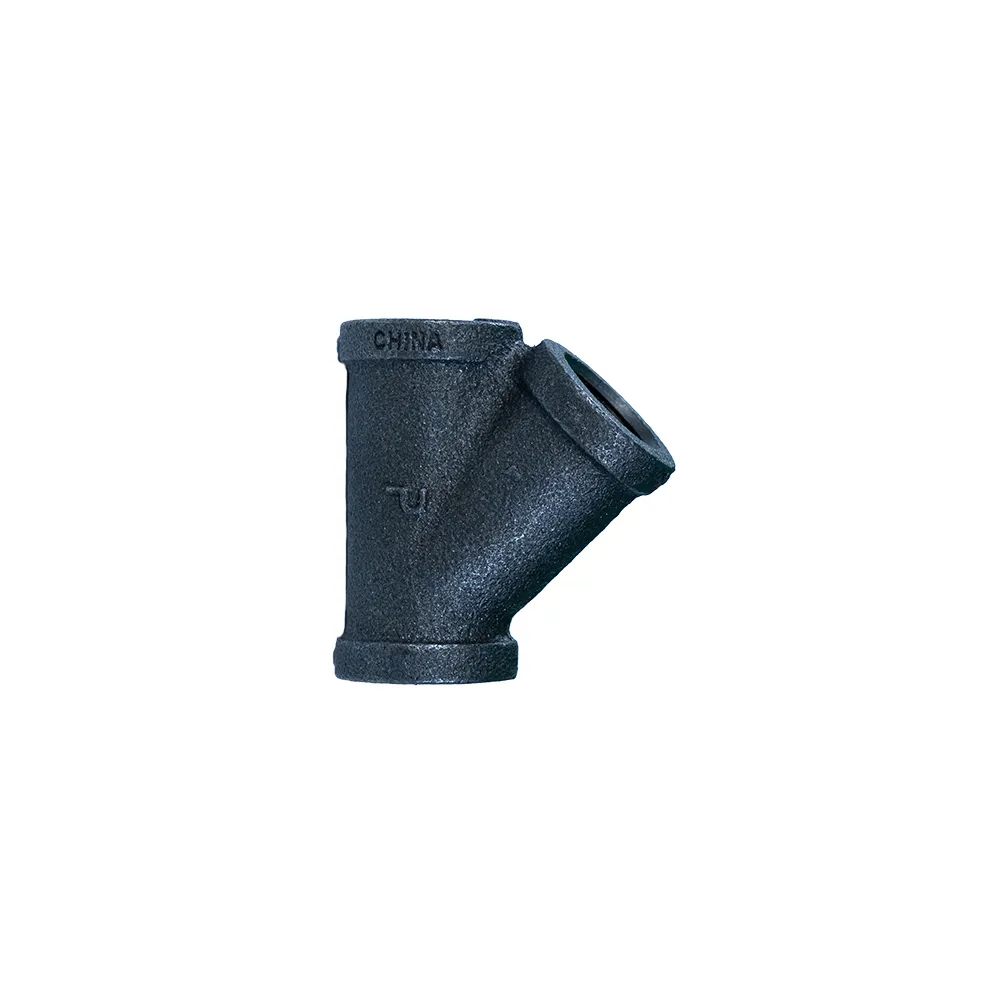Galvanized pipe fittings, particularly galvanized nipples, have become essential components in various plumbing and construction projects due to their durability and resistance to rust and corrosion. When selecting the right fitting for your job, understanding the importance and application of a galvanized nipple can make a significant difference.

A galvanized nipple is a short length of pipe, usually made of steel, with threading on both ends. Its main purpose is to connect two other pipe fittings. The galvanization process, which involves coating the steel with zinc, provides exceptional protection against the elements, preventing premature deterioration. This is particularly crucial in settings where moisture, salt, or other corrosive substances are present, ensuring the longevity of the construction.
Understanding how galvanized nipples are made enhances appreciation for their robustness. During production, steel pipes undergo a hot-dip galvanizing process where they're submerged in molten zinc. This forms a metallurgically bonded coating, sometimes referred to as a zinc bath, which imparts superior protection. The thickness of the zinc layer is crucial since it determines the life and effectiveness of the anti-corrosion shield. A thicker coat typically results in greater durability, a characteristic that bolsters confidence in industries where safety and reliability are paramount.

Experts in plumbing and construction frequently emphasize the usability and dependability of galvanized nipples, especially in commercial and industrial applications. These fittings are prized for their versatility and the diverse environments in which they can be deployed. Whether laid under the ground for a water supply system or employed in the exposed airflow systems in a high-humidity industrial setting, galvanized nipples remain resilient.
galv nipple
From a technical perspective, one needs to understand the dimensional and pressure specifications of galvanized nipples as they vary significantly across different manufacturers and applications. For instance, the Schedule 40 and Schedule 80 galvanized nipples denote various wall thicknesses, impacting the pressure they can withstand. Generally, a Schedule 80 nipple boasts a thicker wall than its Schedule 40 counterpart, thus enduring higher pressure suitable for heavy-duty tasks. Consulting the manufacturer's guidelines ensures that the right product is used for the intended purpose, avoiding unnecessary complications.
Professionals argue that the success of any plumbing or construction project relies heavily on the integrity of its components. Galvanized nipples must integrate well with the adjacent fittings and materials to ensure a seamless and leak-proof system. It's critical to verify that the threads are cut precisely and the zinc coating is uniform; otherwise, there could be risks of leakage or reduced protective effectiveness.
Choosing the right supplier can dramatically affect the overall outcome of your project. Reputable manufacturers and suppliers of galvanized pipe fittings usually provide comprehensive product specifications and certifications proving their adherence to international standards. These certifications guarantee that the products have been tested rigorously for quality and safety, helping to build trust.
In conclusion, galvanized nipples serve as a vital link in numerous plumbing and construction frameworks due to their strength and corrosion resistance. Adequate knowledge regarding their material, manufacturing process, applications, and specifications ensures that professionals from various sectors can make informed decisions, reinforcing the structure's safety and effectiveness. Investing in quality components like galvanized nipples is a commitment to project stability and long-term efficacy.
Post time: Jan-06-2025









